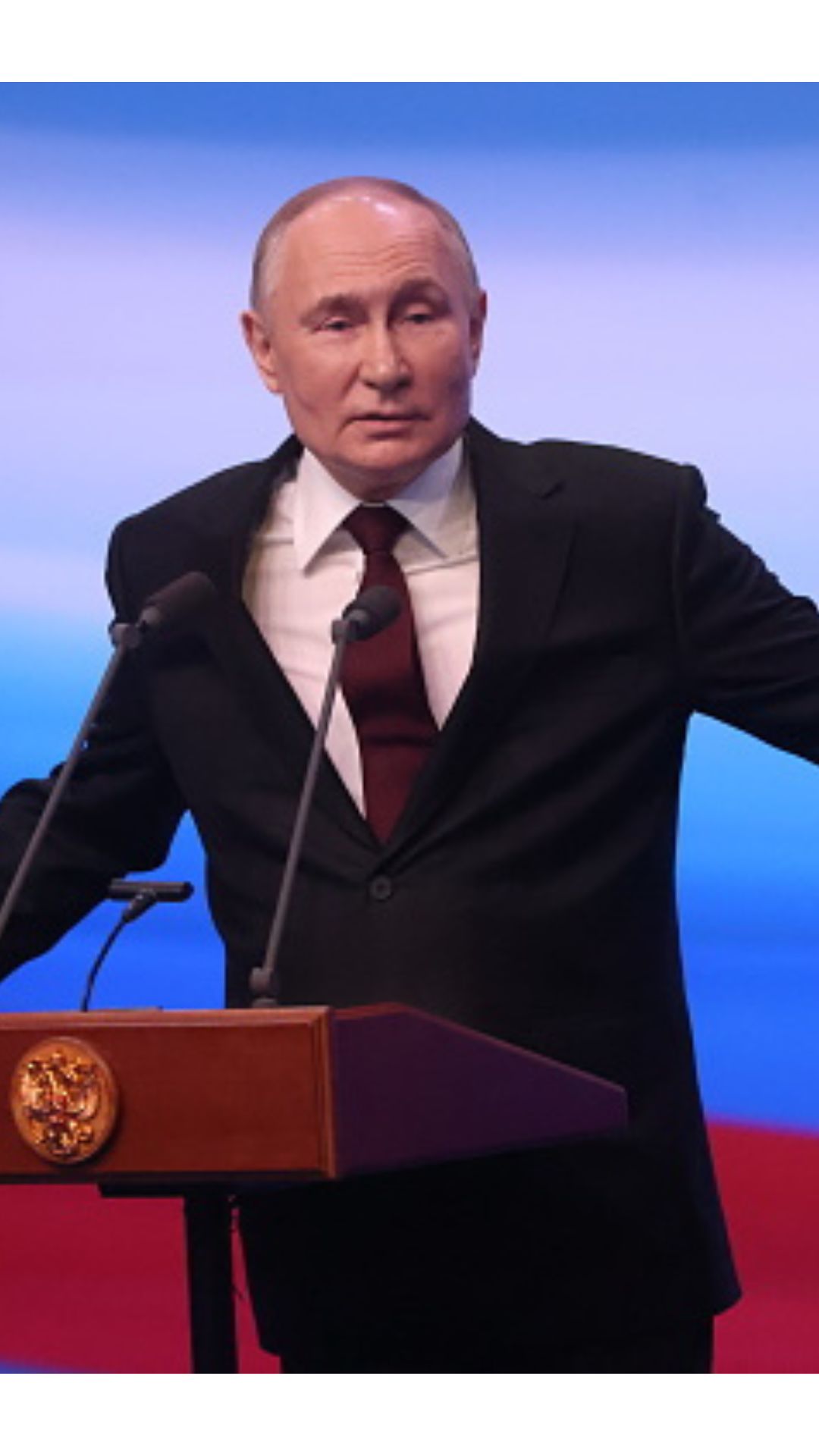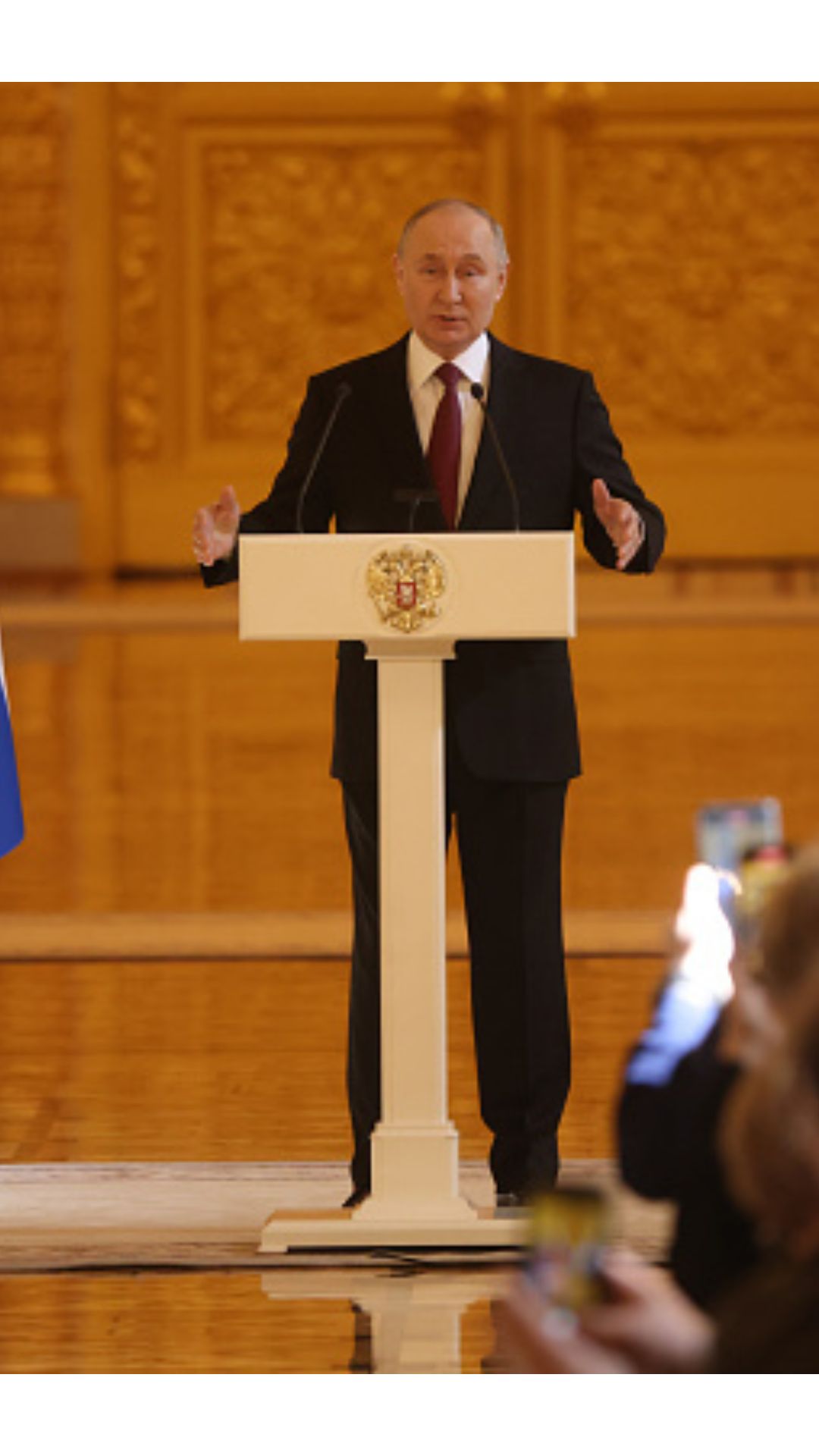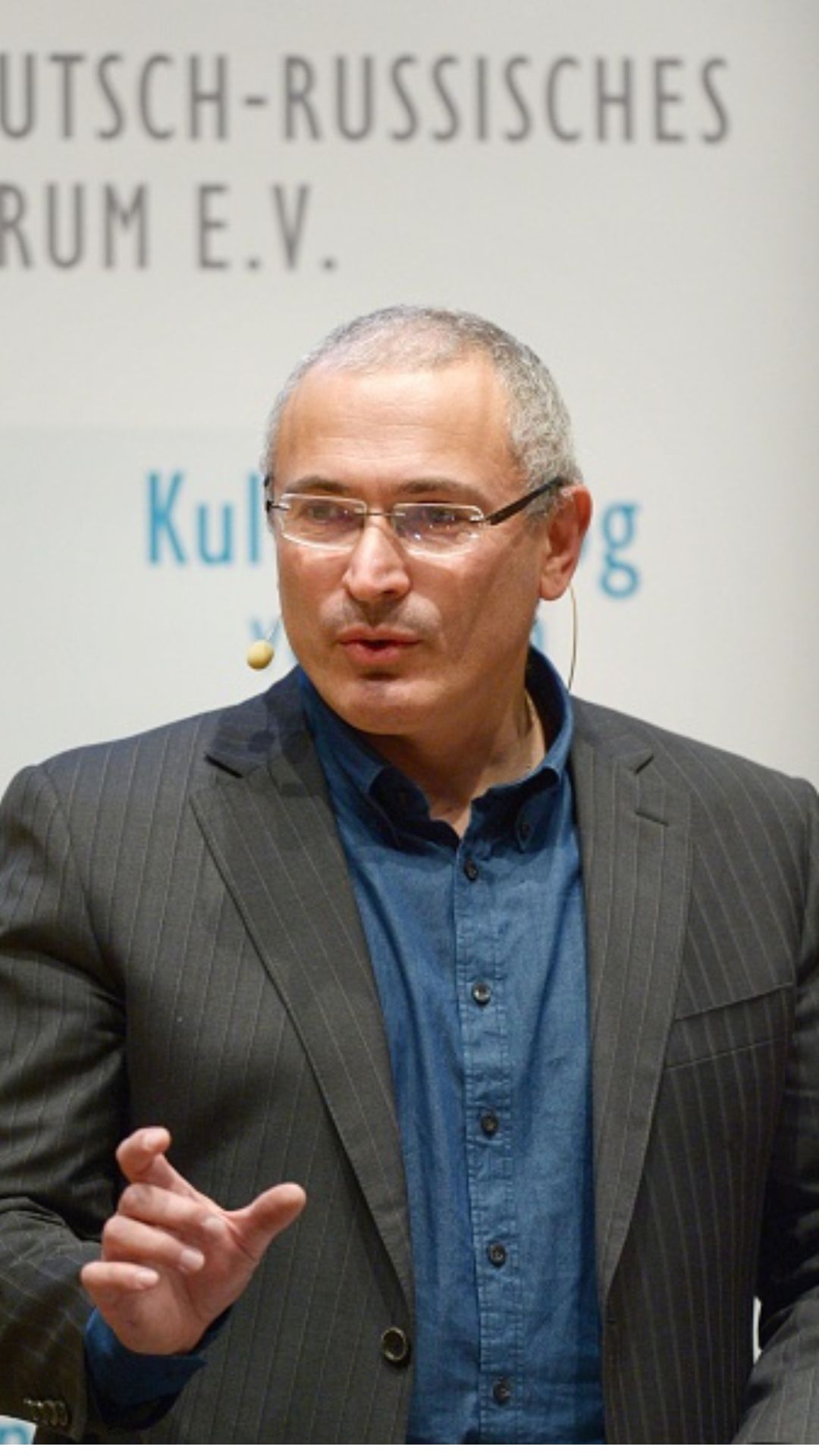
Vladimir Putin’s Two Decades In Power In Russia


President Boris Yeltsin appointed Putin as PM on Dec. 31, 1999. Within a year, Yeltsin resigned, and Putin assumed the presidency


After winning the election with about 53% of the vote, Putin was elected for his first four-year term on May 7, 2000


Oil tycoon Mikhail Khodorkovsky, the potential challenger to Putin, was arrested and later sentenced to 10 years in prison for tax evasion and fraud on Oct. 25, 2003

Putin was elected for a second presidential term on March 14, 2004. Later on May 8, 2008, he was appointed as PM by President Dmitry Medvedev

From Aug. 8-12, 2008, Russia fought a short war with Georgia, gaining full control of the separatist Abkhazia and South Ossetia regions

Putin was elected as a new president on March 4, 2012, which was six years long under constitutional changes he engineered

Fighting between Ukrainian forces and Russia-backed separatist rebels began in eastern Ukraine in April 2014

On September 30, 2015, Russia began airstrikes in Syria, which helped Syrian President Bashar Assad, a longtime ally, remain in power

His fourth Presidential run began on May 7, 2018, with winning more than 76 per cent of the vote
